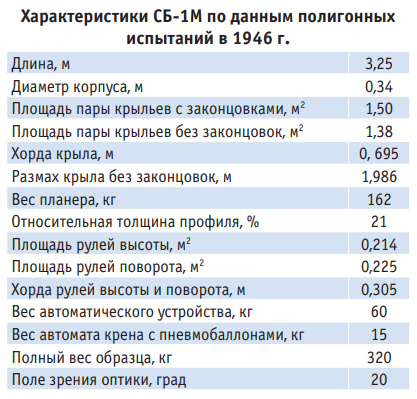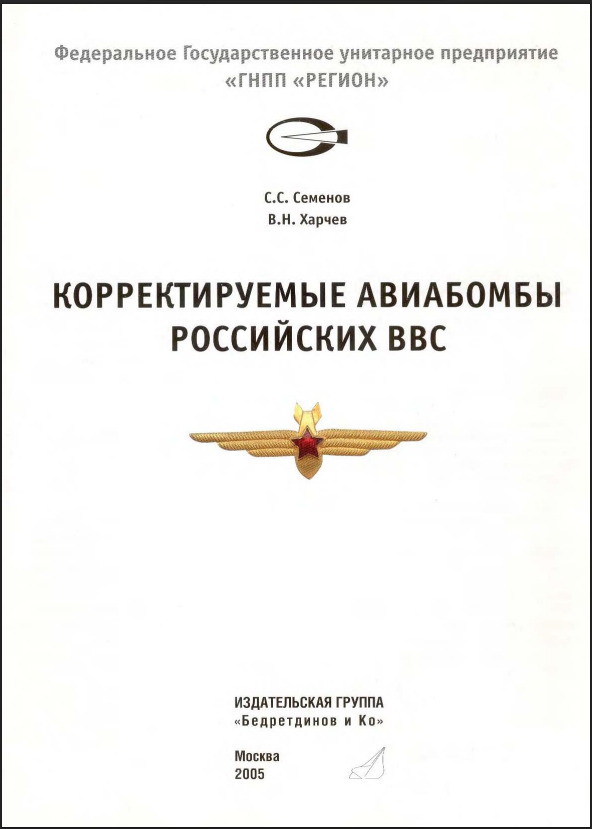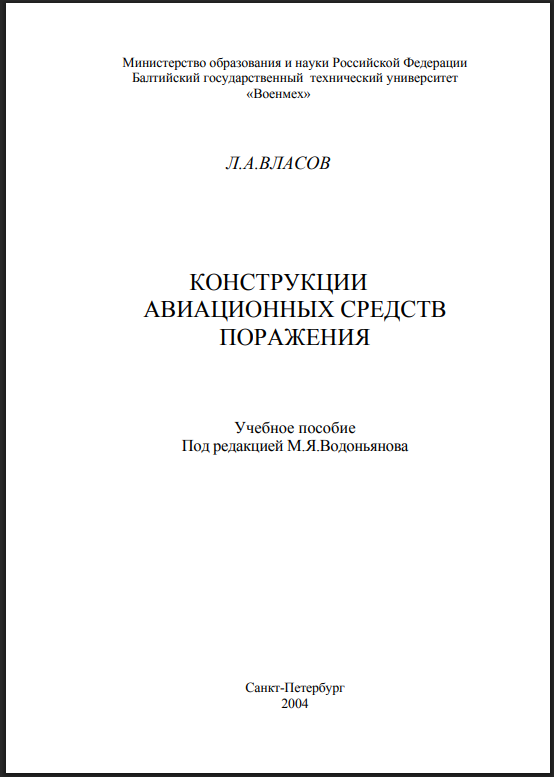- Yes
- No
- Research
- Premium
- Battle pass
- Event
- Squadron
- I said “No” to the first poll
 Tu-2 (SB-1M) - Thermal Homing
Tu-2 (SB-1M) - Thermal Homing
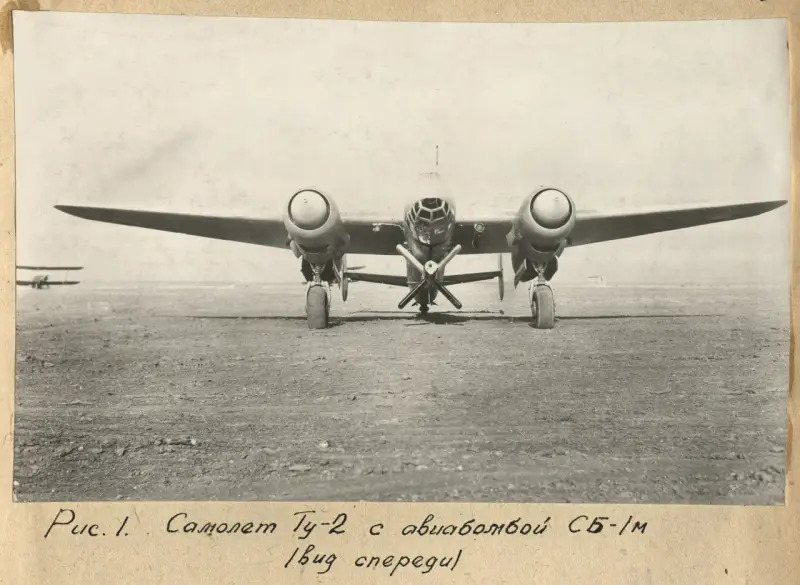
Introduction
The Tu-2 was one of the most reliable Soviet bombers of World War II, and after the war it stuck around as a testbed for new ideas. One of the strangest experiments it carried was the SB-1M, an early attempt at a thermal-seeking bomb. The idea was pretty simple on paper: drop a big bomb with a sensor in the nose, let it pick up the heat coming off ships, factories, or other large targets, and watch it steer itself in. For the mid-1940s, that was pretty futuristic stuff. Tests were run using the Tu-2 as the carrier, and the guidance system based on heat-sensitive cells and a scanning disk actually worked in a basic way. The problem wasn’t the seeker, though. Theexplosive charge just wasn’t strong enough to do serious damage, so the weapon was never accepted into service. Even so, the Tu-2 with SB-1M represents a fascinating “what-if” in the early days of guided weapons.
History
The Tupolev Tu-2 was born out of necessity during the Second World War. In 1938 the Soviet Union saw the need for a fast medium bomber that could carry a heavy payload and still defend itself. Andrei Tupolev’s design bureau developed the Tu-2 under difficult circumstances, with Tupolev himself working while imprisoned. Despite this, the aircraft proved to be a breakthrough. Entering service in 1942, it combined speed close to that of a fighter with a bomb load of up to 3,000 kilograms. It was widely used on the Eastern Front for tactical strikes, bombing missions, and close air support. Crews considered it far superior to earlier Soviet bombers, and its performance even drew comparisons to the German Ju 88 and the American A-20.
After the war, the Tu-2 remained in Soviet service and was exported to allied nations, but its role shifted. Instead of just being a frontline bomber, it became a platform for experimentation. One of the more unusual projects tied to it was the SB-1M thermal homing bomb. This weapon used a set of heat sensitive cells and a rotating scanning system in the nose to detect infrared radiation. The idea was that it could home in on heat-producing targets such as industrial plants, ships, or fuel depots without needing pinpoint accuracy from the bomber.
Tests showed the guidance worked in principle, but the weapon’s warhead was too small to cause serious damage. Against armored ships or hardened facilities, the results were disappointing. Reliability was also an issue, as early infrared sensors were crude and struggled in varied weather conditions. Because of these shortcomings, the SB-1M was never accepted into service.
Even though it failed, the project showed that Soviet designers were exploring guided munitions long before they became practical.
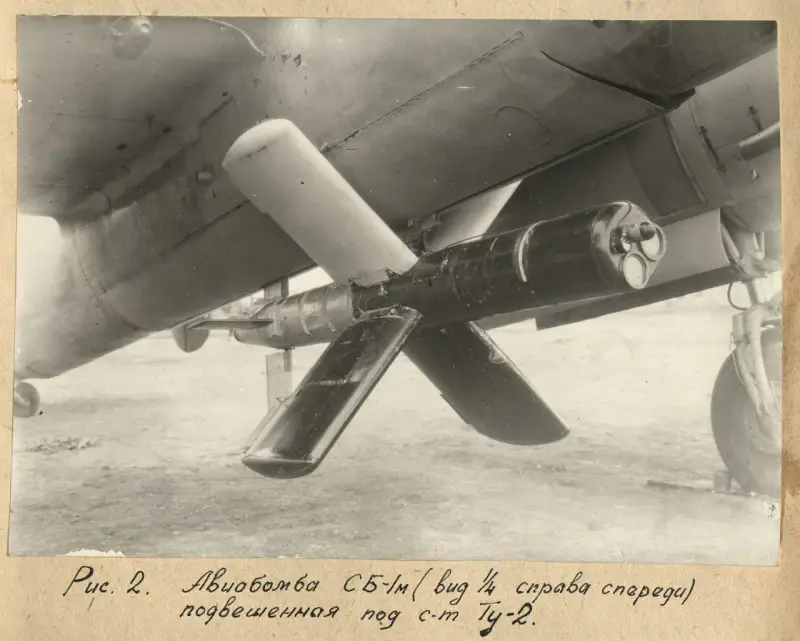
SB-1M Specifications
- Type: Experimental infrared-guided aerial bomb
- Length: 3.24 meters
- Wingspan: 2 meters
- Diameter: 0.34 meters
- Weight: 320 kilograms
- Warhead Weight: Not mentioned in available sources (presumed around 100-150kg)
- Development Period: Early 1940s, during World War II
- Guidance System: Infrared homing using a photocell with a Nipkow disk
- Launch Platform: Tupolev Tu-2 bomber
- Effective Range:
-
- Battleships: 6.5 to 12km
-
- Cruisers: 4 to 8km
- Deployment: Due to its size, only one SB-1M could be carried per Tu-2 bomber
- Operational Use: Primarily intended for use against large, heat-emitting targets such as battleships and cruisers
- Limitations: The bomb’s small warhead made it ineffective against hardened or dispersed targets, leading to its lack of adoption into service
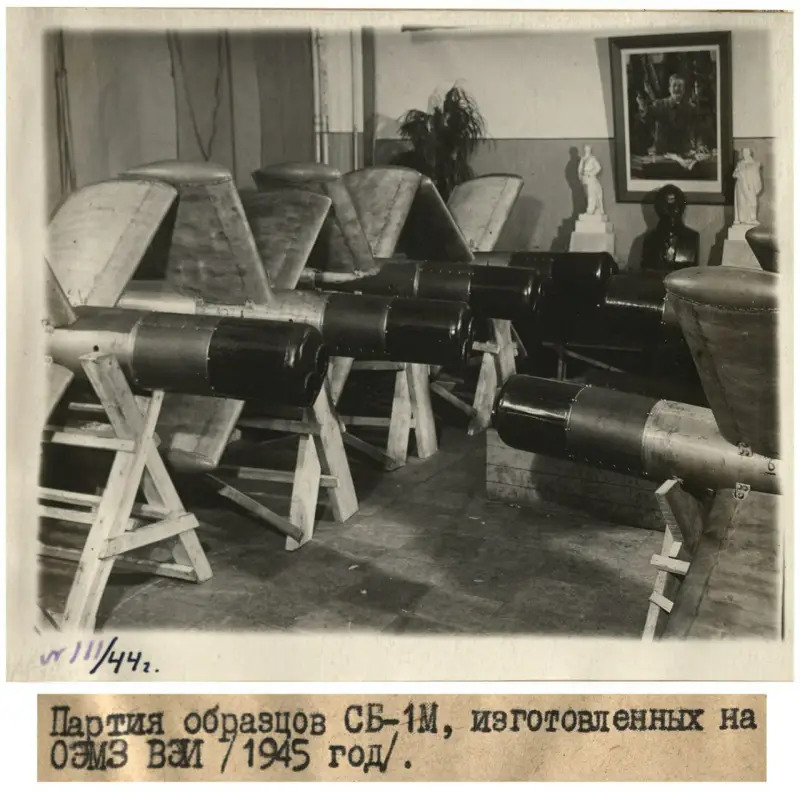
Sources
"Lancet" model 1944
Soviet experiments of various guided and unguided devices before 1945 | Secret Projects Forum
https://www.youtube.com/watch?v=JVIZ4j25VW8
